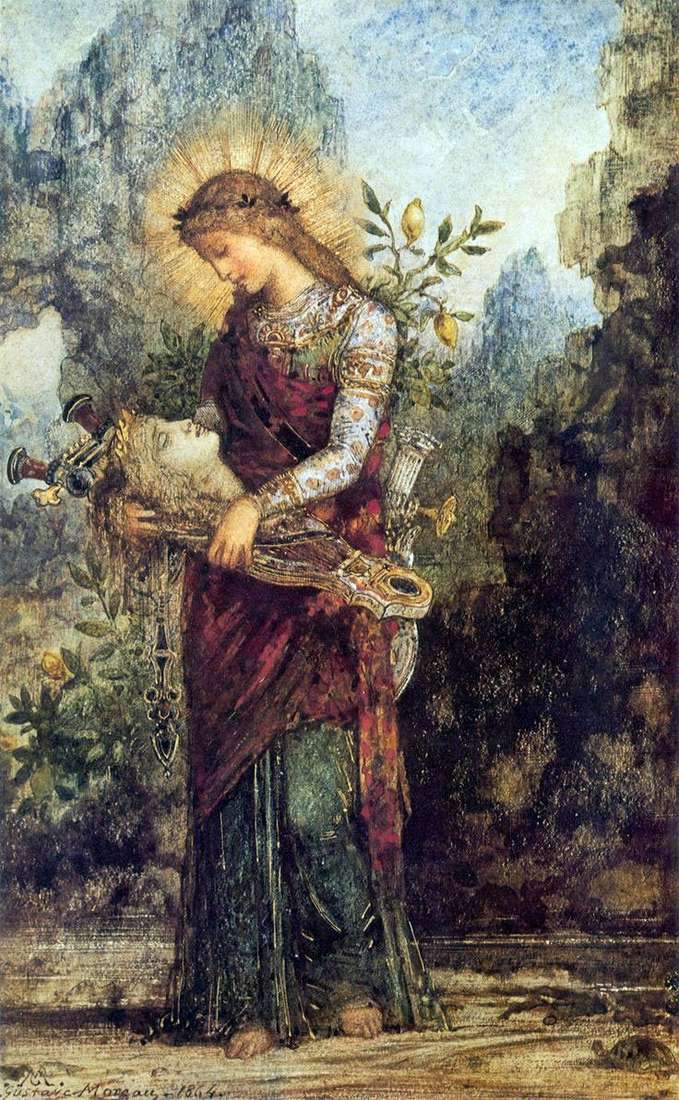
In his “red notebook” Moreau noted the following about this picture: “The girl finds the head of Orpheus floating on the water and his lyre. She reverently pulls them out of the river flow. A gentle gesture.”
Orpheus was a musician and a singer, from the sound of his lyre, the forests and mountains, started to dance. Heartbroken after the death of his beloved Eurydice, he refused to worship God Bacchus, for which he was torn apart by evil Menadas, thrown into the Ebro River, where they sailed to the sea. Moreau came up with the poetic finale of this story: in his version, a Thracian girl discovers his head and lyre.
“Orpheus” – one of the most transparent paintings of the artist. Here he refuses the abundance of symbolic details characteristic of his early works and creates a simple, but at the same time majestic composition. The picture was shown in the Salon of 1866 and purchased by the state for 8,000 francs. Exposed during the artist’s life, she was the only one permanently accessible to any viewer and therefore became the most famous of his works.
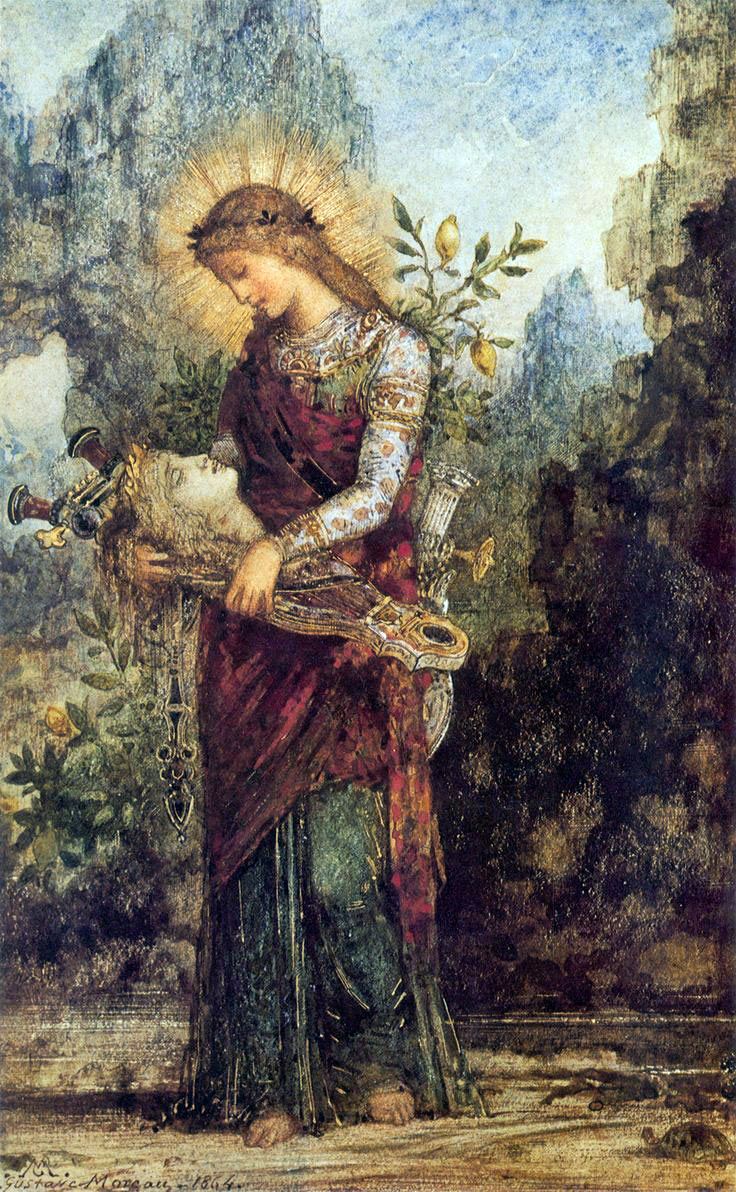 Fille thrace avec la tête d’Orphée sur sa lyre – Gustave Moreau
Fille thrace avec la tête d’Orphée sur sa lyre – Gustave Moreau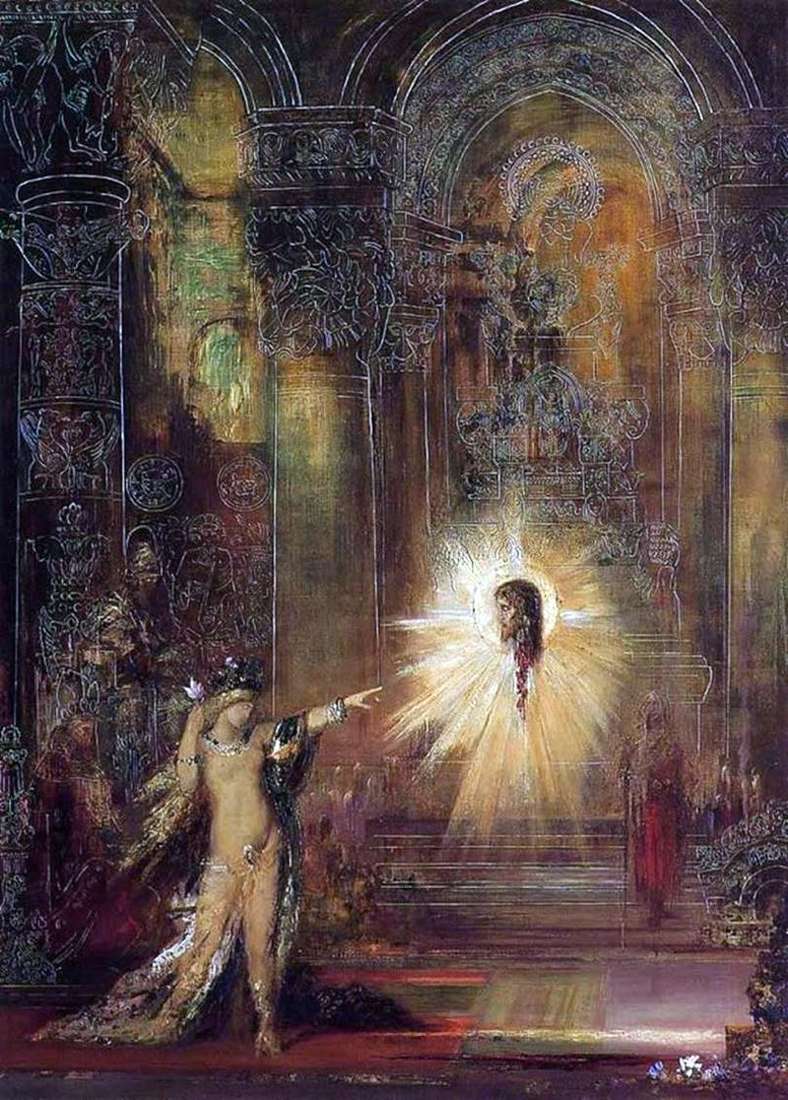 Appearance by Gustave Moreau
Appearance by Gustave Moreau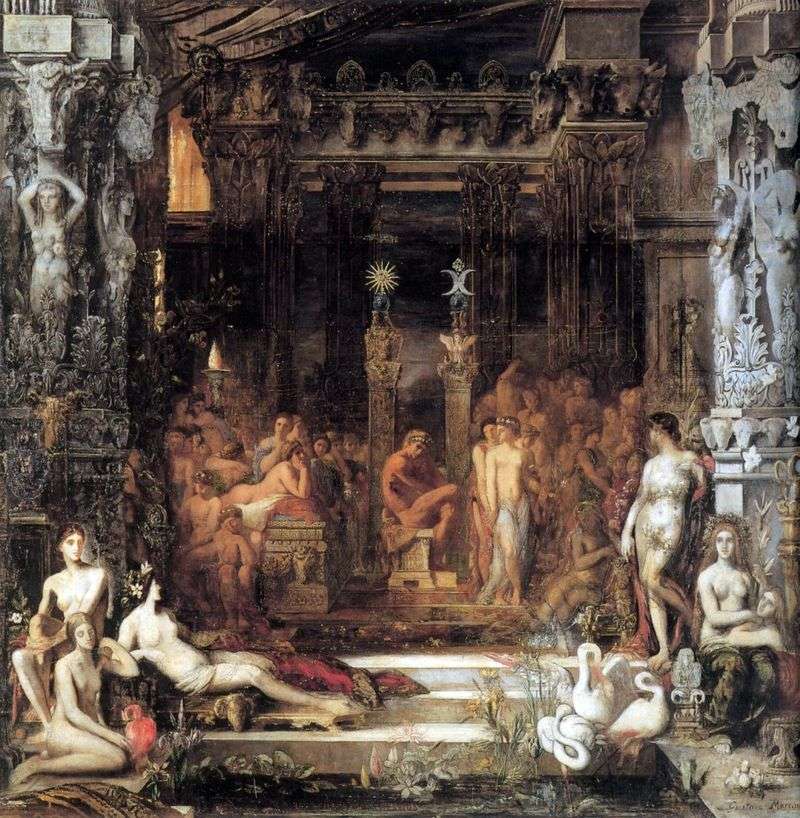 Tesea’s Daughters by Gustave Moreau
Tesea’s Daughters by Gustave Moreau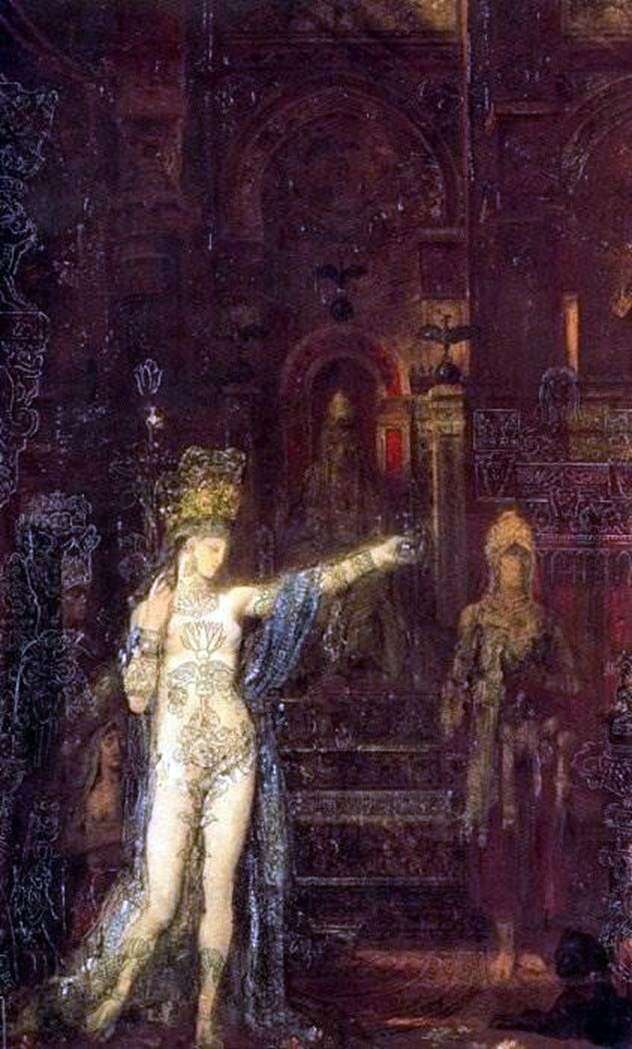 Tattooed Salome by Gustave Moreau
Tattooed Salome by Gustave Moreau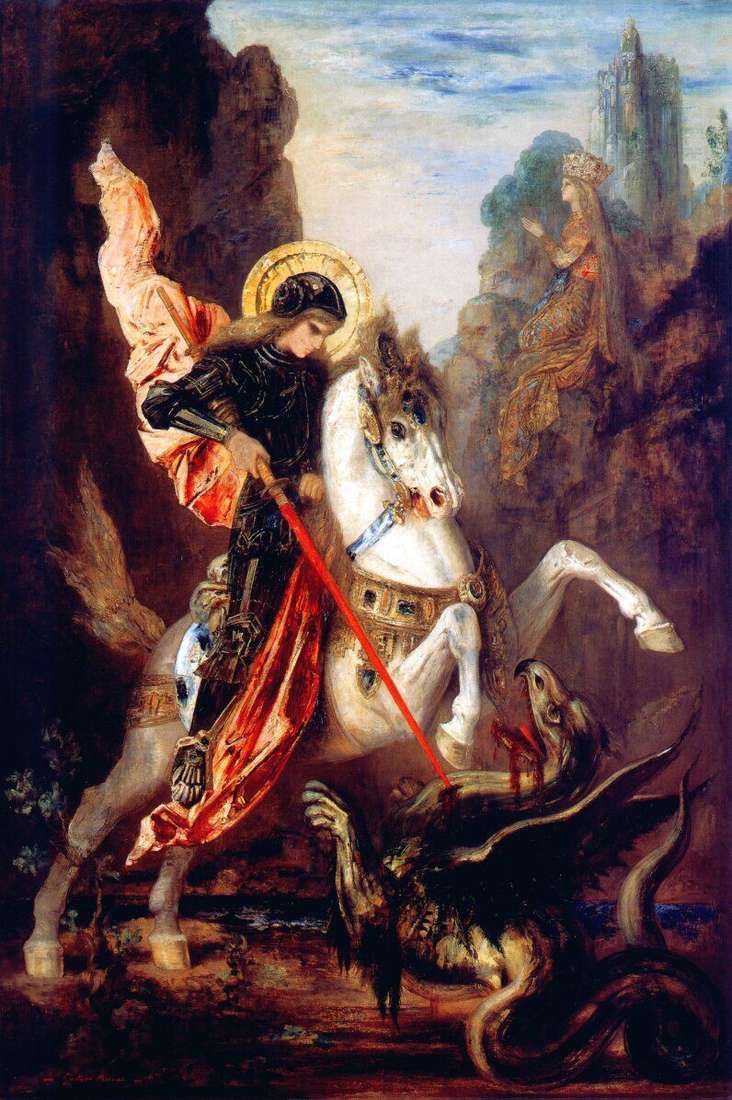 Saint George and the Dragon by Gustave Moreau
Saint George and the Dragon by Gustave Moreau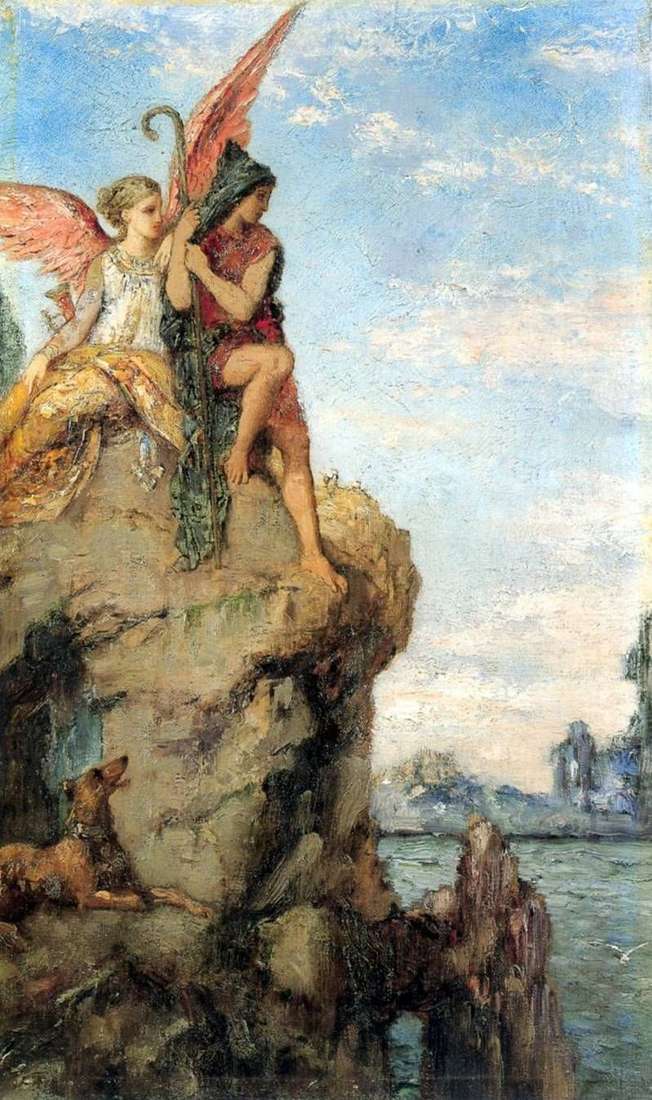 Hesiod and Muse by Gustave Moreau
Hesiod and Muse by Gustave Moreau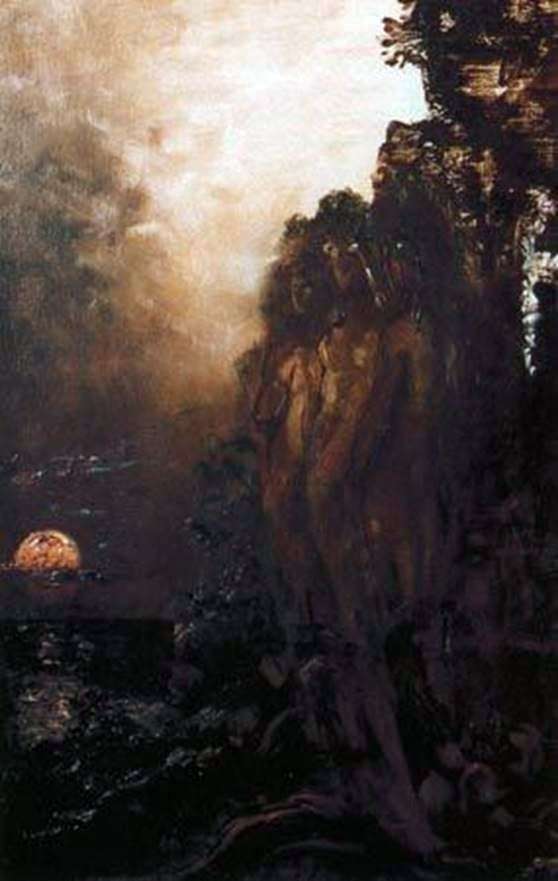 Sirens by Gustave Moreau
Sirens by Gustave Moreau Oedipus and the Sphinx by Gustave Moreau
Oedipus and the Sphinx by Gustave Moreau